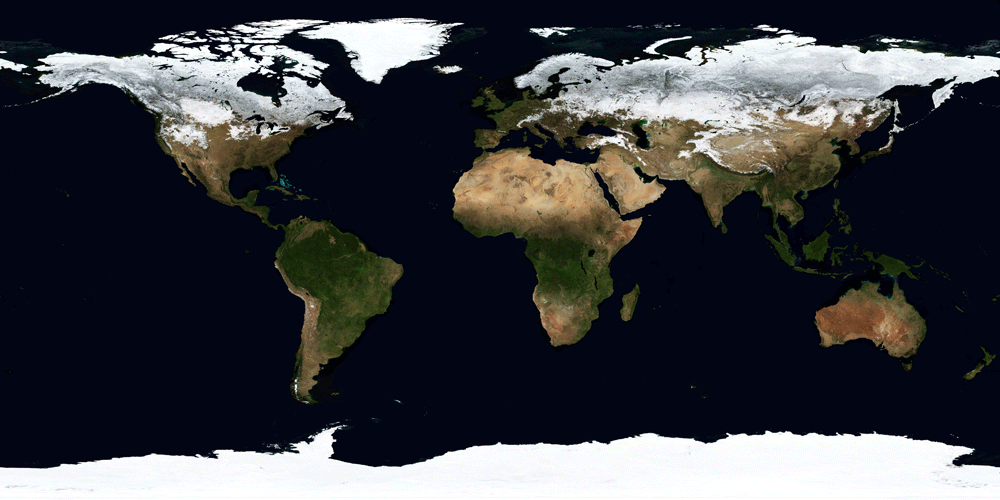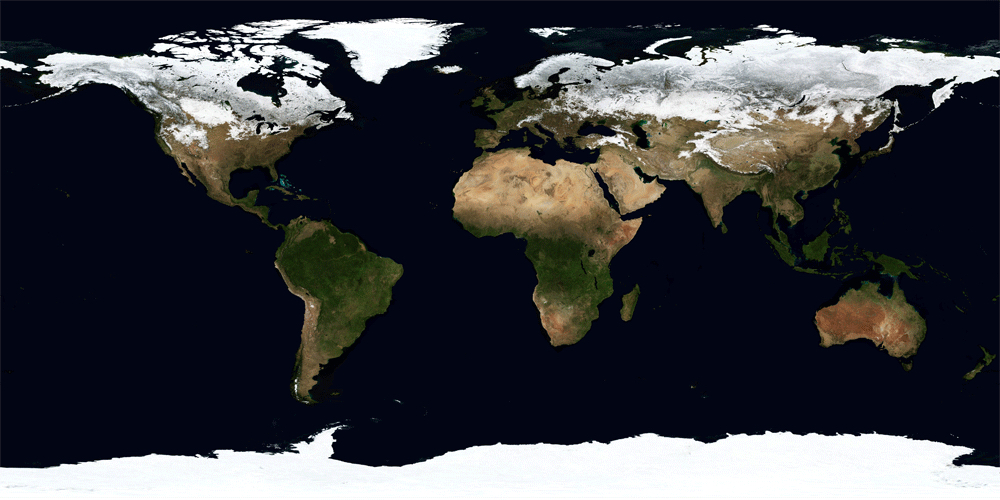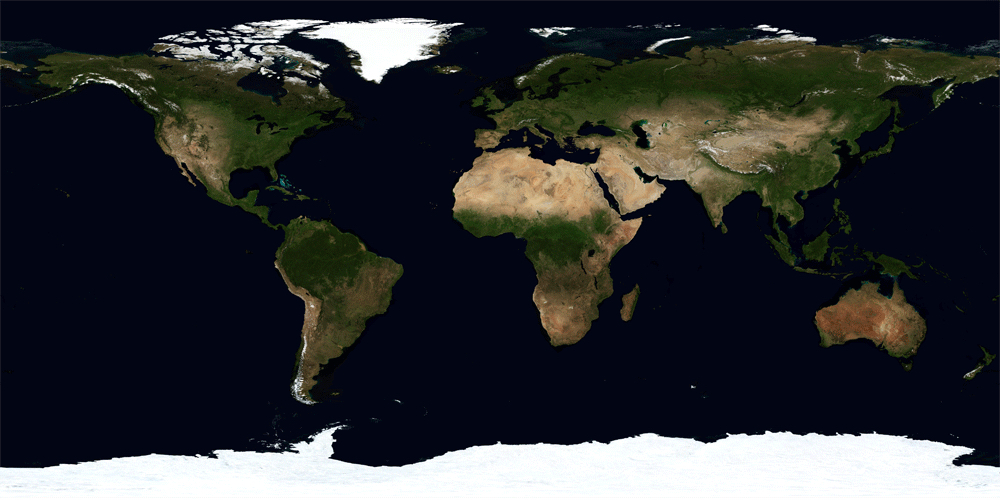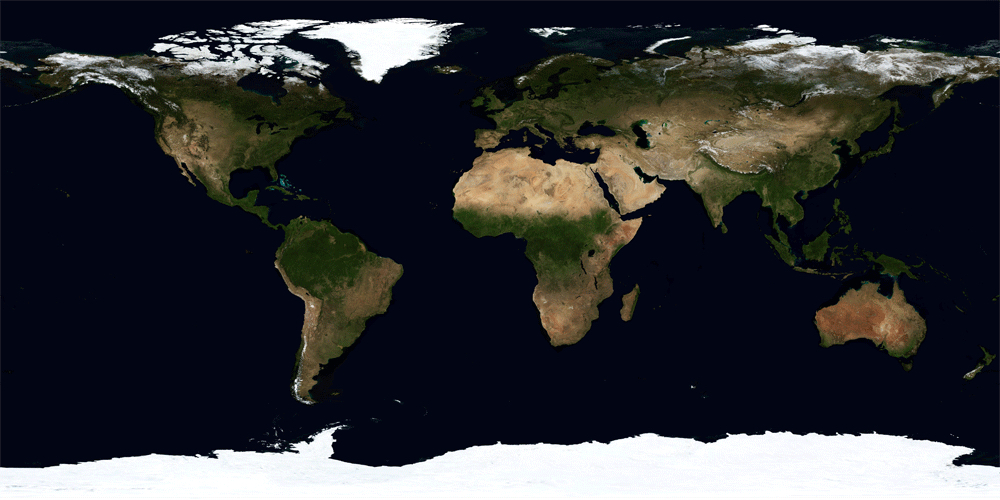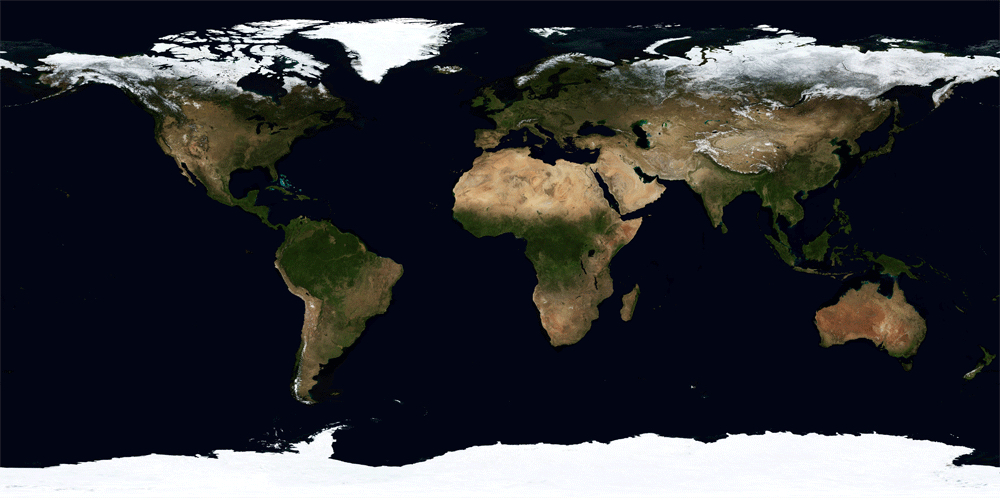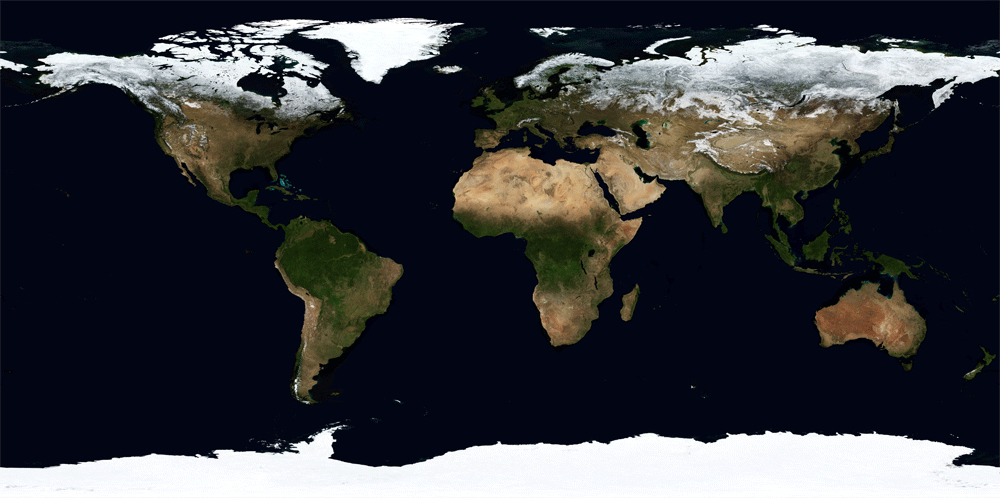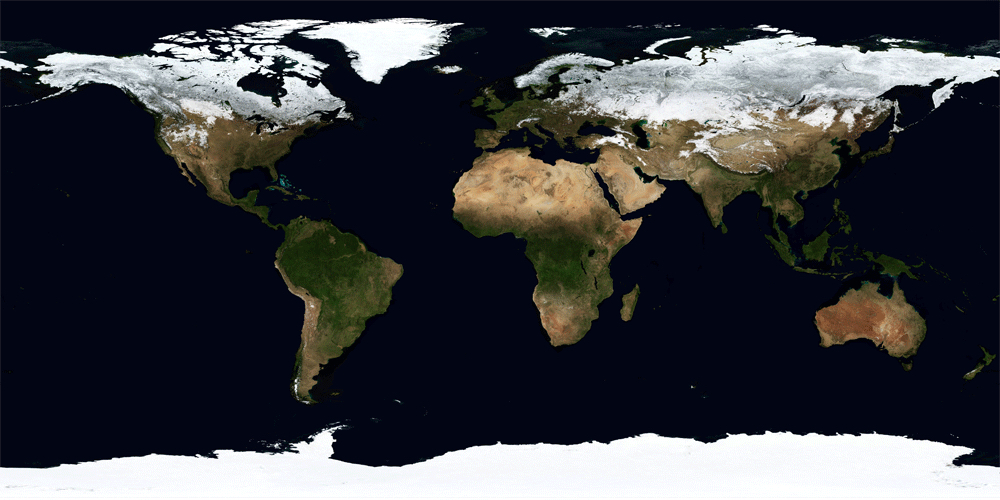Additional information
This microseason generator explores the relationship between time, place, and experience. In a single
moment, two people on opposite ends of the world experience different sights, smells,
sounds, tastes, and feelings. In both a quantitative and qualitative sense, time is relative.
Before people standardized timekeeping methods, they relied on their senses to track changes
in the world around them. Time dissolved into the wilting of leaves and the melting of ice.
Time still dissolves today, during the rare moments that we find ourselves trying to estimate
the hour without a digital device.
If we were to measure time based on the 72 microseasons, we
would find that in a single moment, two people on opposite ends of the world exist in completely
different times. This microseason generator attempts to visualize that difference based on latitude.
Latitude has a significant influence on seasonal changes in the weather and environment.
Dividing Earth into nine 20-degree segments by latitude allows this microseason generator to
calculate location-specific microseasons. The greater the latitudinal offset between Japan
and the selected location, the greater the offset between microseasons. The observable color shift
in the calendar also depicts the relative time of the two locations.
The generated microseasons do not necessarily reflect what we experience at the selected location,
as there is a myriad of factors affecting our experience besides latitude.
The calendar offset between Japan and the selected location is such that the coldest microseasons in
Japan generally translate to the coldest microseasons in the selected location. This is achieved
though a simple shift by six microseasons for every 20 degrees of latitude. Given its
limitations,
this microseason generator represents "food for thought" rather than an absolute truth.
